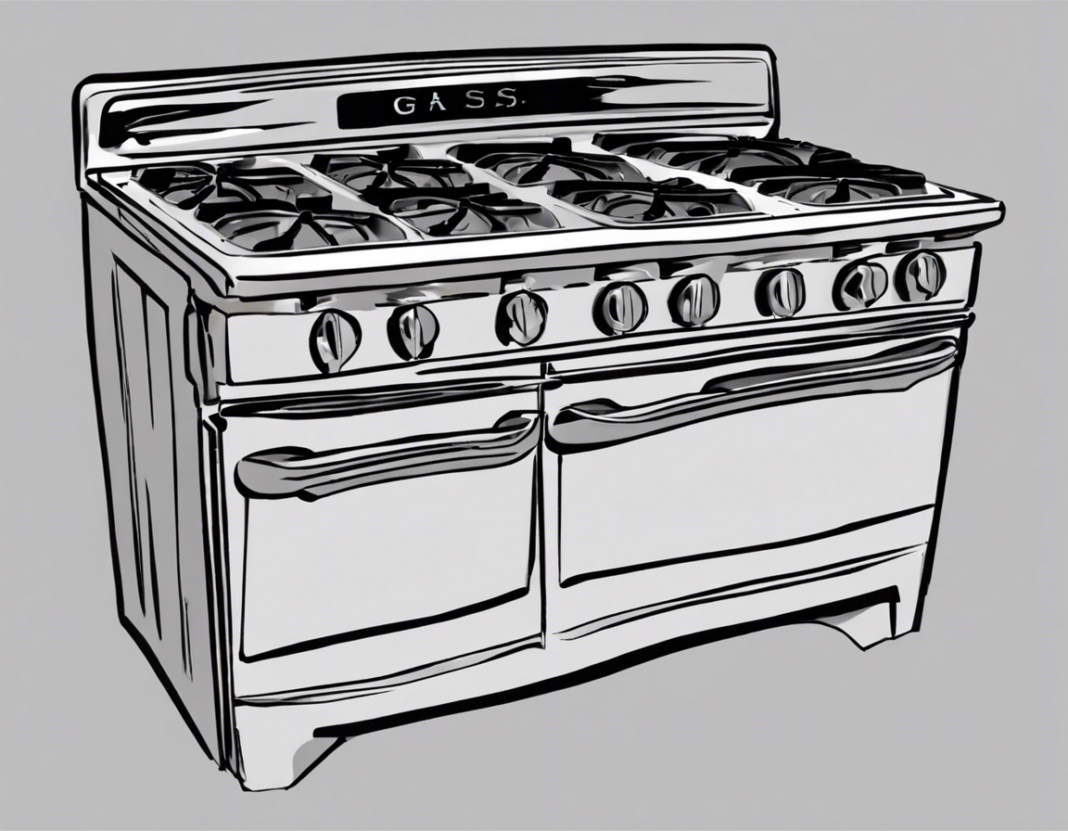Gas stoves are a common feature in many households due to their efficiency in cooking and easy temperature control. While gas stoves are generally safe to use when following proper precautions, there are potential hazards associated with them that can cause accidents and even fires if not handled correctly. In this detailed guide, we will discuss gas stove safety tips, guidelines, and best practices to help you minimize risks and ensure safe usage in your home.
Understanding Gas Stove Basics
Before delving into gas stove safety measures, it’s important to understand how gas stoves work. Gas stoves operate by burning natural gas or propane to produce heat for cooking. The burners are usually ignited by a spark or flame, and the heat can be adjusted using knobs to control the flow of gas. Proper installation by a certified professional is crucial to ensure that the gas stove is connected securely and without any leaks.
Common Gas Stove Hazards
-
Gas Leaks: One of the major risks associated with gas stoves is gas leaks, which can be caused by faulty connections, worn-out seals, or damaged gas lines. Gas leaks are extremely dangerous as they can lead to explosions or carbon monoxide poisoning.
-
Carbon Monoxide Poisoning: Incomplete combustion of gas can produce carbon monoxide, a colorless and odorless gas that is toxic to humans. Carbon monoxide poisoning can result from poorly ventilated gas stoves or malfunctioning burners.
-
Fire Hazards: Gas stoves can pose a fire hazard if flammable items are placed too close to the burners, or if spills are not cleaned up promptly. A flare-up from a gas stove can quickly escalate into a full-blown fire if not addressed immediately.
Gas Stove Safety Tips
Follow these practical gas stove safety tips to protect yourself and your family from potential accidents and ensure the safe operation of your gas stove:
Proper Installation and Maintenance
-
Have your gas stove installed by a qualified professional: Proper installation is key to ensuring that the gas stove is connected correctly and securely.
-
Regularly inspect for leaks: Check gas lines, connectors, and burners for any signs of wear or damage. If you detect a gas smell, turn off the gas supply immediately and contact a professional to assess the situation.
Ventilation
- Ensure proper ventilation: Gas stoves produce carbon monoxide, so it’s essential to have adequate ventilation in the kitchen to prevent the build-up of this toxic gas. Use a range hood or open windows when cooking.
Safe Cooking Practices
-
Never leave the stove unattended: Always stay in the kitchen while cooking, especially when using the gas stove. Unattended cooking can lead to accidents and fires.
-
Keep flammable items away: Avoid placing flammable objects like towels, paper towels, or potholders near the burners to prevent accidental fires.
-
Clean up spills promptly: Spills on the stovetop can ignite and cause a fire. Wipe up spills immediately to prevent flare-ups.
Emergency Preparedness
-
Have a fire extinguisher: Keep a fire extinguisher in the kitchen within easy reach in case of a fire emergency. Make sure you know how to use it.
-
Install carbon monoxide detectors: Carbon monoxide detectors can alert you to the presence of this toxic gas in your home. Place them near the kitchen and bedrooms for early detection.
Gas Stove Safety Checklist
Use this gas stove safety checklist to ensure that you are taking all necessary precautions when using your gas stove:
- Check for gas leaks regularly
- Keep the area around the stove clear of any flammable objects
- Have proper ventilation in the kitchen
- Do not store items on top of the stove
- Never use the stove for heating purposes
- Teach family members, especially children, about gas stove safety
Frequently Asked Questions (FAQs)
1. How can I tell if there is a gas leak from my stove?
If you detect a distinct sulfur or rotten egg smell, hissing sounds near the gas line, or bubbles when applying a soap-water solution to the connections, these could be signs of a gas leak. If you suspect a gas leak, evacuate the area immediately and contact your gas provider or emergency services.
2. Is it safe to use a gas stove during a power outage?
Using a gas stove during a power outage is generally safe as long as you have proper ventilation. Gas stoves do not rely on electricity to function, so you can still use them for cooking during emergencies. Avoid using the oven for heating purposes, as it can lead to carbon monoxide build-up.
3. How often should I have my gas stove inspected?
It is recommended to have your gas stove inspected at least once a year by a qualified technician. Regular inspections can help identify any potential issues with the stove and ensure that it is functioning safely.
4. Can I install a carbon monoxide detector myself?
While you can install a carbon monoxide detector yourself, it is recommended to follow the manufacturer’s instructions carefully. Place the detector in areas where carbon monoxide buildup is likely, such as near the gas stove and bedrooms. Test the detector regularly to ensure it is working correctly.
5. What should I do if a grease fire occurs on my gas stove?
In the event of a grease fire, turn off the burner immediately and cover the pan with a metal lid or another pot to smother the flames. Do not use water to extinguish a grease fire, as it can cause the flames to flare up. If the fire is out of control, evacuate the area and call emergency services.
By following these gas stove safety guidelines, you can enjoy the convenience of cooking with a gas stove while minimizing the associated risks. Remember that safety should always be a top priority when using any appliance in your home.

